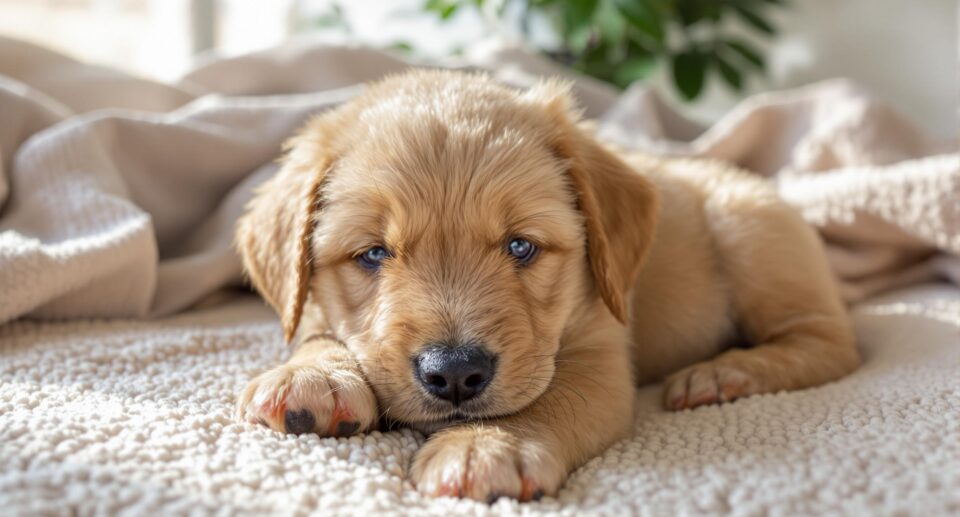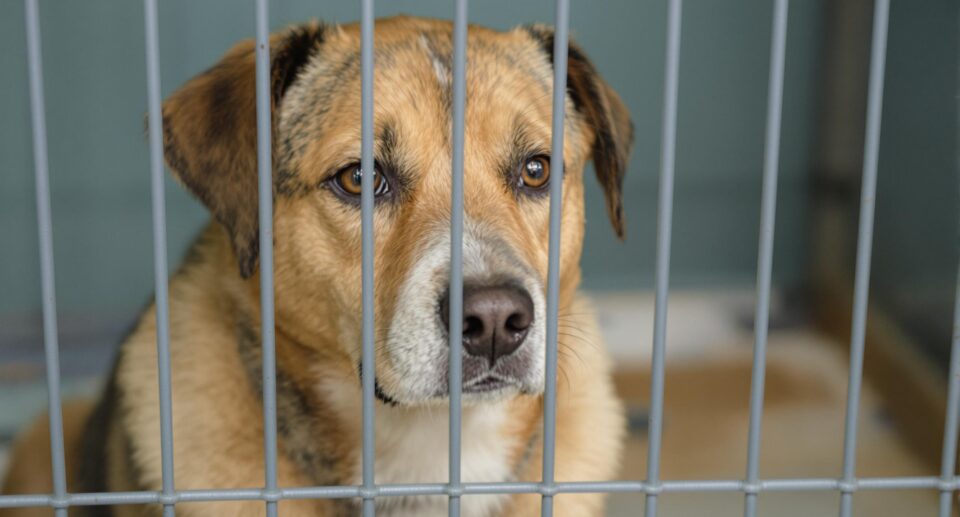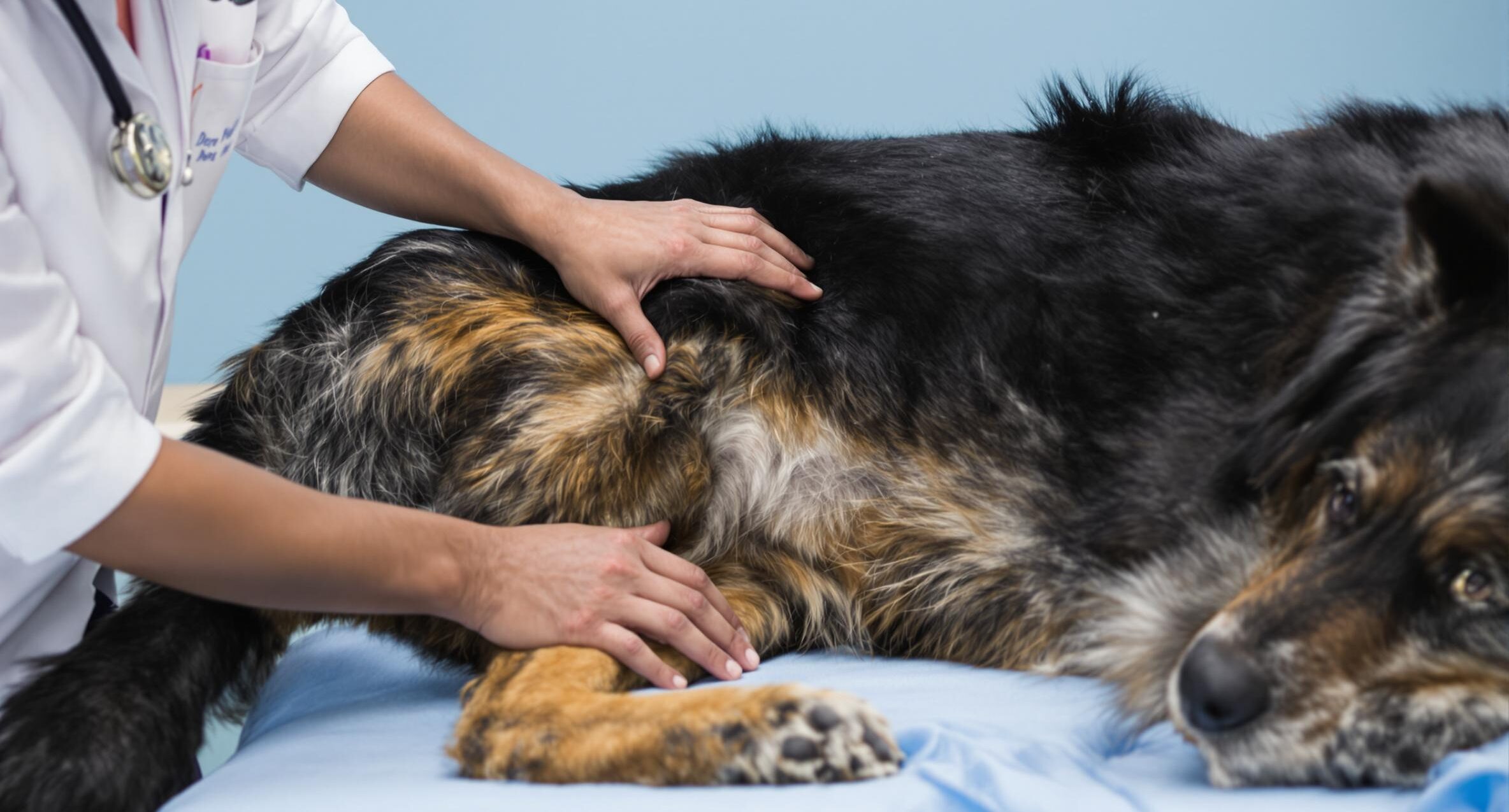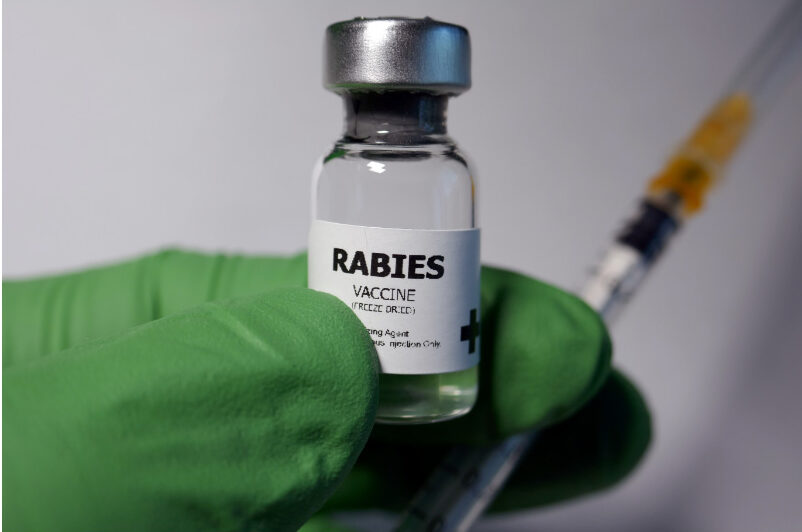Recognizing Parvovirus Symptoms in Dogs: A Simple Guide

Key takeaways:
- Early recognition of parvovirus symptoms, such as severe diarrhea and vomiting, in dogs can significantly improve their recovery chances with prompt veterinary intervention.
- Understanding the contagious nature of parvovirus and its transmission through infected feces is crucial for mitigation and prevention, especially for vulnerable puppies.
- Timely vaccinations and regular booster shots are essential to protect dogs, particularly puppies, from the high risks associated with parvovirus.
Your dog’s health can change quickly when faced with parvovirus, and knowing what to watch for makes all the difference. After all, early treatment dramatically improves recovery chances, with most serious cases developing within just 48-72 hours of the first signs. This virus affects your dog’s digestive system and immune response, but with prompt attention and proper care, many dogs can recover and return to their happy, playful selves.
Being able to spot parvovirus symptoms helps you act fast when your dog needs you most. While typical signs like severe diarrhea and vomiting might seem like ordinary stomach upset, with parvovirus these symptoms require immediate veterinary attention. As your partner in pet health, PetHealthMD is here to help you understand and recognize these warning signs because we believe every pet deserves the best chance at a healthy life.
What is parvovirus, and how does it affect dogs?
Parvovirus, often called “parvo,” is a virus that mainly attacks a dog’s digestive system. Think of your dog’s intestines like a soft sponge that soaks up nutrients from food. Parvo damages the lining of that sponge. Once that lining breaks down, it’s harder for your dog to absorb water and nutrients. Even worse, bad bacteria from inside the gut can leak out and spread through the body, leading to dangerous infections.
This virus also targets fast-growing cells in a dog’s body, especially the cells in their bone marrow. That’s where infection-fighting white blood cells are made. When parvo damages those cells, your dog’s immune system has a harder time defending against illness.
Parvo spreads through infected poop—yes, even just a tiny trace on a shoe, toy, or bowl can carry the virus. It can survive on surfaces for months, which is why it’s so contagious. Puppies and certain breeds, like Rottweilers and Dobermans, are especially vulnerable.
Spotting the symptoms: Early signs of parvovirus in dogs
Catching parvovirus early gives your dog a better chance to recover with the proper treatment. Puppies are especially at risk, but many dogs bounce back with quick care and support from your vet.
Digestive symptoms to watch for
Vomiting and nausea
Parvo often starts with vomiting. Your dog may seem nauseous, drool, or lick its lips before throwing up, which can happen before other symptoms appear.
Diarrhea that’s dark or bloody
One of the most recognizable signs of parvovirus is diarrhea that looks black, red, or has a strong odor. This symptom needs fast veterinary attention.
Physical signs that something’s off
Not eating or drinking
If your dog skips meals or stops drinking, it could be a sign they’re not feeling well. This can lead to dehydration. Try gently checking their gums—sticky gums or skin that doesn’t bounce back when pinched may signal fluid loss.
Low energy and weakness
A normally active dog may suddenly seem tired, sluggish, or uninterested in playing. They might also feel warmer than usual, which can point to a fever.
Behavioral clues that deserve attention
Belly pain
Some dogs with parvo have sensitive stomachs. They may whine when you touch their belly or curl up to protect it.
Withdrawn or quiet mood
If your usually cheerful dog seems down, disconnected, or unusually quiet—especially when vomiting or diarrhea occurs—it’s time to check in with your vet.
While you wait for the vet, keep your dog warm and calm, and separate them from other pets to help prevent the spread of infection. Monitor their symptoms closely, note what you observe, and contact your veterinarian immediately—especially if your dog is a puppy under 4 months old.
How is parvovirus diagnosed in dogs?
Your veterinarian follows a careful, step-by-step process when diagnosing parvovirus in dogs. During the initial examination, they’ll gently check your pet’s temperature, examine their gums, and assess any belly tenderness. By discussing your dog’s symptoms and reviewing their vaccination history, they create a comprehensive understanding of your pet’s condition.
The cornerstone of parvovirus diagnosis is a simple yet reliable screening called the SNAP test. This gentle procedure examines your dog’s stool sample and delivers results within 15 minutes.
Along with this screening, your veterinary team may recommend blood work to evaluate your dog’s white blood cell count and overall health status. These evaluation methods work together to create a clear picture of how to best help your pet.
Advanced diagnostic options
Sometimes, your veterinary team might need additional information to provide the most accurate diagnosis. In these cases, they may recommend a specialized examination called a PCR (Polymerase Chain Reaction) test. This advanced method can detect even minimal amounts of the virus, offering detailed insights into the infection. This is particularly valuable for puppies under 8 weeks old, who can be especially vulnerable to parvovirus.
Treatment and recovery: Can parvovirus be treated in dogs?
Yes, dogs can get better from parvovirus—with fast care from a vet, many recover fully. Thanks to modern medicine, a significant percentage of dogs treated for parvo survive and go on to live happy lives.
When you bring your dog to the vet, they’ll create a special treatment plan for them. This usually includes fluids through an IV to keep them hydrated, medicine to help stop infections, and food that’s gentle on the stomach to help them heal.
Most dogs with parvo need to stay in the animal hospital for a few days. While there, a team of caring experts closely monitors them. They’ll check their temperature, help with pain, and adjust treatments as your dog strengthens. If your dog can’t eat on their own, the vet might use a special tube or method to make sure they still get the nutrition they need.
Some treatments can cost a lot, but many animal hospitals have payment plans or work with pet insurance to help families manage the cost.
How quickly your dog recovers depends on several factors, such as age, health before getting sick, and the time treatment starts. Most dogs start feeling better within 3 or 4 days, but full recovery usually takes a week.
Once your dog comes home, your vet will walk you through what to do next. That usually means:
- Feeding small, soft dog food often
- Keeping everything clean around your dog
- Slowly letting them get back to normal activities
Your vet will also schedule check-ups to ensure your pup keeps getting better. With love, patience, and proper care, most dogs can bounce back strong after parvo.
Frequently asked questions (FAQs) about parvovirus symptoms
Can adult dogs get parvovirus, or is it just a puppy problem?
Adult dogs can get parvo, especially if their vaccinations aren’t current. While puppies are more vulnerable because of their immature immune systems, unvaccinated or under-vaccinated adult dogs are also at risk. Keeping up with booster shots is key to lifelong protection.
How long is a dog contagious after having parvo?
A dog that recovers from parvo can still shed the virus in its feces for up to 3 to 4 weeks after symptoms go away. During this time, it’s important to isolate the dog from other dogs and thoroughly clean its environment using disinfectants known to kill parvovirus.
Can my vaccinated dog still get parvo?
Vaccines offer strong protection, but no vaccine is 100% foolproof. It’s rare, but a vaccinated dog might still get parvo if it was exposed before full immunity developed or if its immune system is compromised. Regular boosters help reduce this risk significantly.
How do I disinfect my home after a parvo infection?
Parvo is notoriously tough to kill. Regular household cleaners aren’t effective. Use a bleach solution (1 part bleach to 30 parts water) or a veterinary-grade disinfectant labeled for parvovirus. Focus on non-porous surfaces, kennels, bowls, toys, and any areas your dog had access to.
Should I wait to adopt another dog if one of mine had parvo?
Yes, it’s best to wait. Parvo can linger in the environment for months, especially in outdoor areas. If you’re considering bringing home a new puppy or unvaccinated dog, talk to your veterinarian about the safest timeline and steps to reduce the risk of transmission.
Are some places higher risk for parvovirus exposure?
Yes. Dog parks, shelters, boarding facilities, and grooming salons can pose a higher risk, especially if they don’t require up-to-date vaccinations. It’s wise to avoid these spots until your dog is fully vaccinated.
Taking action against parvovirus

Parvovirus can be overwhelming, but knowing the signs and acting quickly gives your dog the best shot at a full recovery. With your vet’s guidance and a little extra care, your dog can get back on their feet and back to the life they love.
For everything that comes after the vet visit—from supportive nutrition supplies to cleanup essentials—PetMeds makes it easier to care for your dog at home. With fast delivery and a wide range of vet-recommended products, you can focus more on helping your pup heal and less on running errands.





